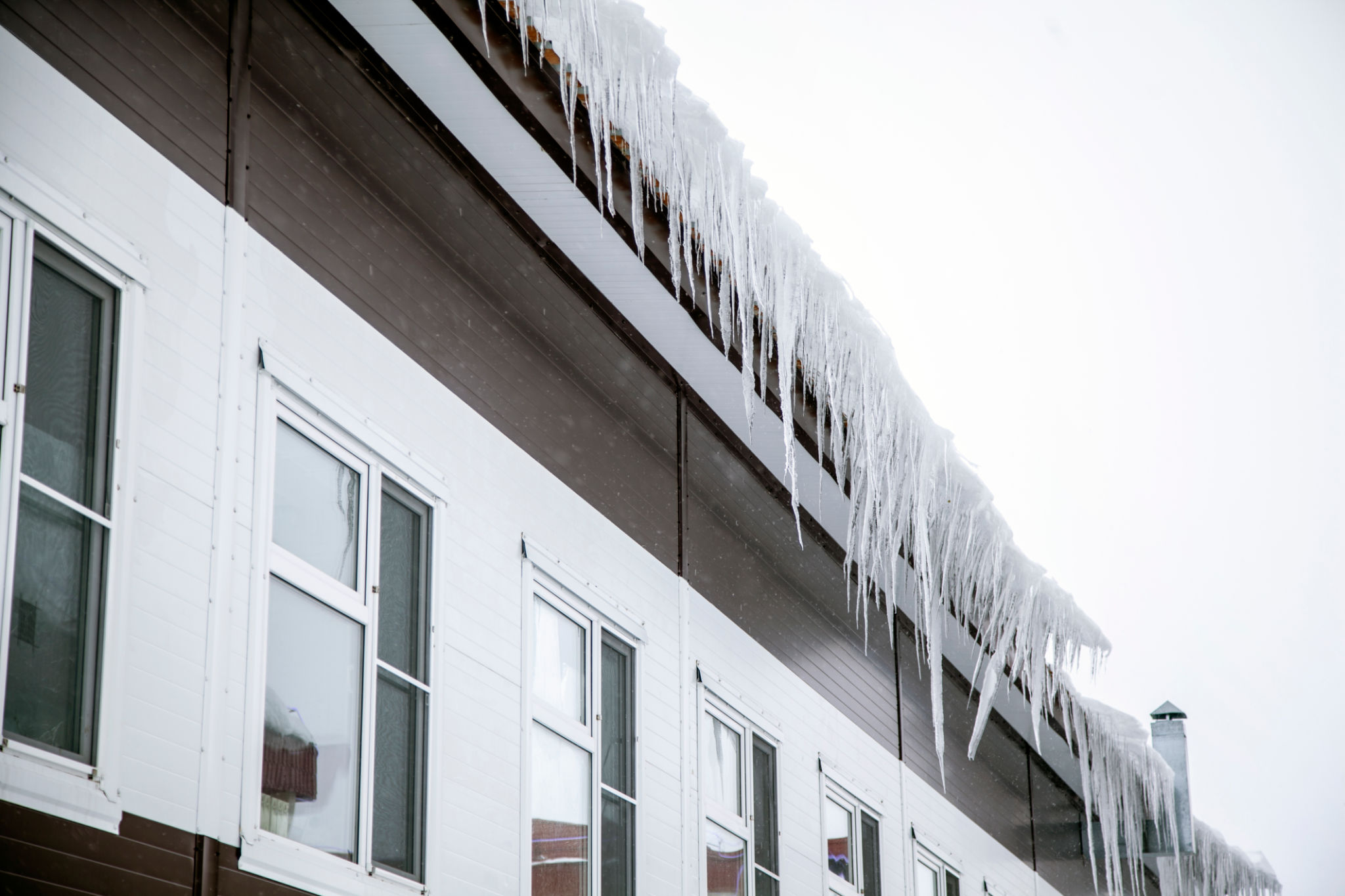Myth-Busting: Common Misconceptions About Attic Ventilation
Understanding Attic Ventilation
Attic ventilation is often misunderstood and overlooked in home maintenance. Ensuring proper ventilation in your attic is crucial for maintaining the health of your home. Unfortunately, there are many myths surrounding attic ventilation that can lead to misinformation and poor decision-making. In this post, we'll debunk some of these misconceptions and provide you with the facts.

Myth 1: More Ventilation is Always Better
One of the most common misconceptions is that more ventilation is always beneficial. While it may seem logical that more airflow equals better results, this is not necessarily true. Proper attic ventilation requires a balanced system of intake and exhaust vents. Too much ventilation can disrupt this balance, leading to increased energy costs and potential damage to your home.
A well-designed ventilation system should include both intake vents at the eaves or soffits and exhaust vents at or near the roof ridge. This setup creates a natural airflow that helps regulate temperature and moisture levels in the attic.
Myth 2: Attic Ventilation is Only for Warm Climates
Another common myth is that attic ventilation is only needed in hot climates. In reality, proper ventilation is essential in all climates. In cold climates, it helps prevent moisture buildup, which can lead to mold growth and structural damage. During winter, it also reduces the risk of ice dams by keeping the roof temperature consistent.

In warm climates, attic ventilation helps maintain a cooler attic, which reduces the strain on your air conditioning system, leading to energy savings and more comfortable living spaces.
Myth 3: Ventilation Removes Warm Air in Winter
Some homeowners believe that attic ventilation will remove warm air during the winter months, increasing heating costs. However, proper ventilation does not significantly impact heating efficiency. Instead, it works to remove excess moisture and prevent condensation, which can cause serious issues like wood rot and insulation damage.
Ensuring that your attic is properly insulated will help maintain warmth in your living areas while allowing the ventilation system to do its job effectively.

Myth 4: Roof Vents are Enough
It’s a misconception that simply installing roof vents will suffice for proper attic ventilation. While roof vents are a critical component, they are only part of the solution. A comprehensive system includes intake vents to allow fresh air to enter the attic space. Without adequate intake vents, roof vents alone cannot provide effective ventilation.
Consulting with a professional can help determine the right balance of intake and exhaust vents for your specific attic needs.
Myth 5: Attic Fans are Always Necessary
Attic fans are often thought to be a necessary addition for effective ventilation. However, they are not suitable for every situation. In some cases, using an attic fan can disrupt the natural airflow and cause more harm than good. It's important to assess your attic's specific needs before installing an attic fan.
If you suspect your home could benefit from an attic fan, consider consulting with a professional who can evaluate your current ventilation setup and offer tailored advice.

The Bottom Line
Proper attic ventilation is essential for maintaining a healthy home environment, regardless of climate or season. By understanding and dispelling these common myths, you can make informed decisions about your home's ventilation needs. Remember, achieving a balanced system with adequate intake and exhaust is key to effective attic ventilation.
If you're uncertain about your current attic ventilation setup, don't hesitate to reach out to an expert for guidance. With the right information and support, you can ensure your home remains comfortable and energy-efficient year-round.
